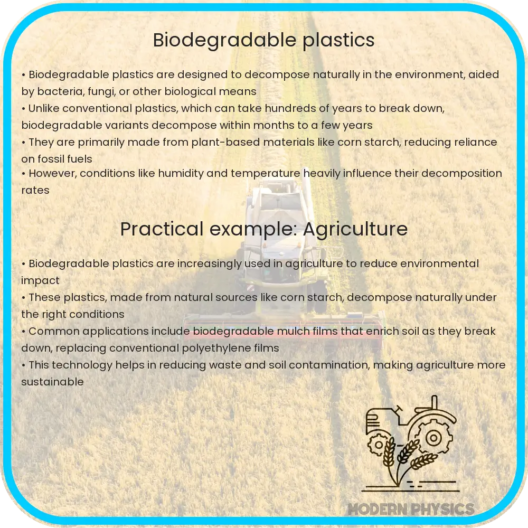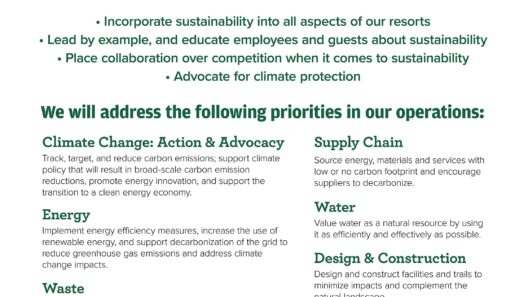Energy conservation is not merely a buzzword in the lexicon of environmental stewardship; it is an imperative deeply woven into the fabric of sustainable living. With climate change escalating and natural resources dwindling, each individual possesses the potential to contribute to a healthier planet through conscientious energy practices. But what does energy conservation truly entail, and what methods can you adopt today to engender a change that reverberates throughout your community and beyond?
The cornerstone of energy conservation revolves around minimizing consumption while maximizing efficiency. By reshaping your habits and making deliberate choices, you can pave the way for a sustainable future. Let’s delve into actionable methods that can easily be integrated into your daily life, fostering a culture of conservation.
1. Embrace Energy-Efficient Appliances
Transitioning to energy-efficient appliances can substantially reduce your energy consumption. In the marketplace, look for products adorned with the Energy Star label, which signifies that they meet stringent energy efficiency guidelines set by the U.S. Environmental Protection Agency. These appliances, ranging from refrigerators to washing machines, utilize advanced technologies to reduce energy use while maintaining performance. Investing in such products may entail a higher upfront cost but will culminate in long-term savings on your utility bills and a diminished environmental footprint.
2. Optimize Heating and Cooling Systems
Your home’s heating and cooling systems are pivotal players in your total energy consumption. Regular maintenance is paramount. Clean or replace air filters on a monthly basis to ensure optimal airflow. Moreover, investing in a programmable thermostat allows you to control temperatures more efficiently. Setting your thermostat lower in winter and higher in summer—notably while you are away—can result in significant energy savings. The integration of ceiling fans can also facilitate better airflow, allowing you to feel comfortable at slightly higher temperatures in summer and lower ones in winter.
3. Unleash the Power of Natural Light
Utilizing natural light is not only an eco-friendly choice but also enhances the aesthetic appeal of your living spaces. During daylight hours, let the sun’s illuminating rays filter through your windows instead of relying on artificial lighting. Adopting a strategy of strategically placed mirrors can amplify daylight, reducing the need for additional lighting. Consider switching to LED bulbs for artificial lighting needs, as they consume a fraction of the energy compared to traditional incandescent bulbs and offer longevity that brings further savings.
4. Seal Your Home
The integrity of your living space plays a crucial role in energy conservation. Air leaks can substantially undermine your efforts, allowing precious conditioned air to escape. Conduct a thorough inspection of windows, doors, and ductwork, and employ weather stripping or caulking to enhance seals. Insulation in your walls and attic can further fortify your home against energy loss, maintaining stable indoor temperatures year-round.
5. Harness Renewable Energy
The adoption of renewable energy sources is a transformative measure that extends beyond individual actions. Solar panels, for instance, can harness the sun’s energy to power your home, reducing reliance on fossil fuels. Many jurisdictions offer incentives for homeowners who install solar energy systems, thus making this investment not only environmentally sound but also economically advantageous. Moreover, geothermal and wind energy systems present alternative routes for securing sustainable energy sources.
6. Rethink Transportation
Your choice of transportation can dramatically affect your overall energy consumption. Carpooling, utilizing public transit, or opting for bicycles for short travels can mitigate greenhouse gas emissions and reduce the energy burden. Moreover, electric vehicles (EVs) are gaining traction as a viable alternative to gasoline-powered cars, offering a sustainable means to navigate your environment. Understanding the environmental impact of your transportation choices is crucial in adopting a holistic approach to energy conservation.
7. Monitor and Manage Energy Use
Awareness is a powerful catalyst for change. Monitor your energy consumption by using smart meters or energy monitoring devices. Such technology provides insights into your energy use patterns, empowering you to identify areas where conservation can be enhanced. Establish engaging family challenges around these observations, fostering a collective commitment to reducing consumption, thereby instilling responsible energy behaviors in younger generations.
8. Educate Yourself and Others
Education is a foundational pillar in the fight for energy conservation. Equip yourself with knowledge about sustainable practices and share this information with your community. Workshops, online forums, and local energy audits can serve as platforms to disseminate valuable insights. By sparking conversations about energy conservation, you can mobilize collective action that extends beyond individual efforts.
9. Practice Mindful Consumption
Energy conservation extends to the broader spectrum of consumption. Mindful consumption entails reevaluating your needs and choices related to products, thereby opting for those that promote energy conservation. This can include choosing locally-sourced products to minimize transportation emissions or selecting items with minimal packaging. Each small choice reverberates, collectively contributing to a significant reduction in overall energy demand.
10. Dig Deep into Landscaping Practices
Your outdoor environment also holds potential for energy efficiency. Strategic landscaping can provide natural shading for your home, reducing cooling costs in the summer. Planting deciduous trees to the south and west protects your home from the sun’s fierce gaze while allowing sunlight to warm your home in winter after leaves have fallen. Rain gardens, xeriscaping, and native plant gardens require less water and energy to maintain, furthering your conservation efforts.
Energy conservation is an ongoing journey. It invites awareness, creativity, and a profound shift in perspective. By integrating these methods into your daily life, not only do you manifest a commitment to sustainability, but you also inspire those around you to follow suit. In this age of environmental awareness, every action counts—each kilowatt saved is a step toward a resilient planet.








